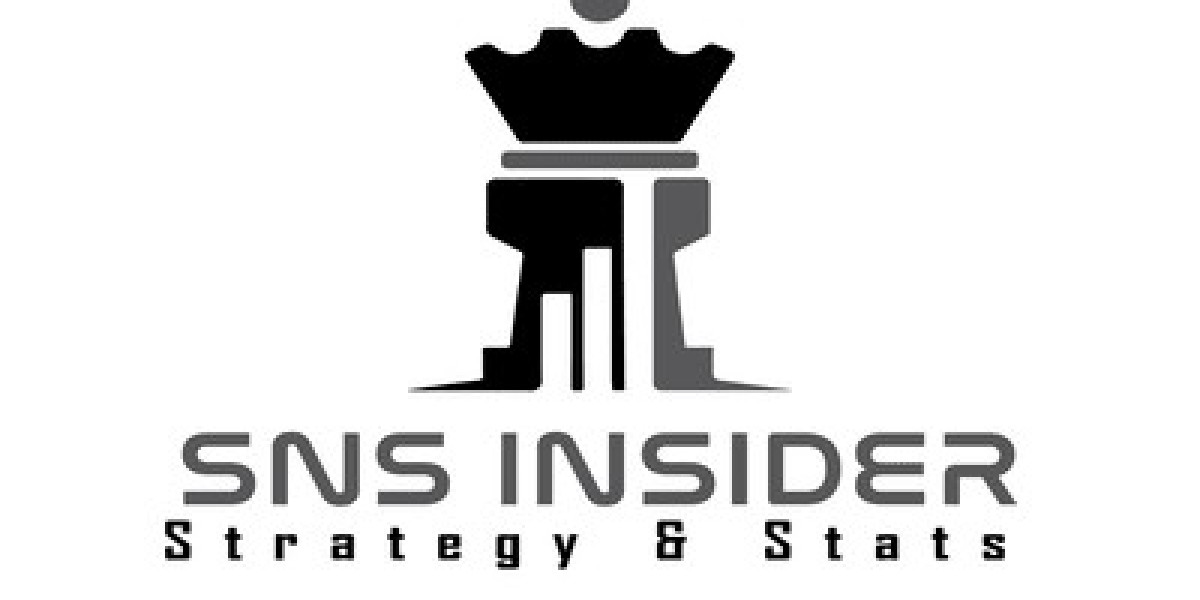The Simulation Software Market is expected to reach $20,276.7 Million by 2025, reveals the premium market intelligence study by BIS Research. The study also highlights that the market is set to witness a CAGR 15.3% during the forecast period from 2021-2025.
Simulation is the process of creating a model, which is an abstract representation of a proposed or existing system, to understand and identify various factors that control the system or predict the systems’ behaviors under different circumstances. Simulation software is increasingly being used to model system operations, processes, and product design, enabling different user types to study relationships between processes and systems.
The detailed study is a compilation of 289 Market Data Tables and 39 Figures spread through 292 Pages and in-depth TOC on Simulation Software Market Simulation Software Market – Analysis and Forecast, 2021-2025.
USP of the Report:
- A dedicated section focusing on startup landscape in the global simulation software market covering key startups in the ecosystem, funding analysis, major and top investors in the industry
- Extensive competitive benchmarking of top 15 players offering a holistic view of the global simulation software market landscape
- Qualitative and quantitative analysis of the global simulation software market at the region and country-level and granularity by application and product segments
- Detailed analysis on industry verticals broken down into verticals to understand the adoption and market size of simulation software in various and sub-industries
- Detailed COVID-19 impact on various manufacturing sectors in all the major geography along with short-, medium-, and long-term impact on the adoption of simulation solutions
- Extensive analysis of major OEMs in different industry vertices covering plant-level user group analysis and a potential number of users for CAD software. Focus on COGS and CAGR of each plant
- A detailed study on on-cloud vs. on-premise infrastructure for major OEMs. Focus on PLM software used by major OEMs and IT infrastructure philosophy
Analyst’s Take on the Market:
According to Dhrubajyoti Narayan, Lead Analyst, BIS Research, “The number of potential users for manufacturing simulation software can grow five folds compared to the current situation. This is possible if affordable and targeted offerings are made accessible to companies. The presence of existing cloud-based infrastructure and the ability to respond to fast-moving demands from the consumer would land the suppliers a competitive advantage in the near future while negotiating contracts.”
View the Report from BIS Research: Simulation Software Market
Key Companies Operating in the Market and Competition Landscape
ANSYS, Inc., SAP SE, Altair Engineering, Inc., Applied Intuition, Inc., Autodesk Inc., AVL List GmbH, Cognata, Dassault Systèmes, dSPACE GmbH, Foretellix, VIRES Simulationstechnologie GmbH, NVIDIA Corporation, rFpro, The MathWorks, Inc., LG Electronics
Players analyzed and profiled in the study include simulation solution providers that capture the maximum share in the global simulation software market. Moreover, a detailed competitive benchmarking of the players operating in the global simulation software market has been done to help readers understand how players compete against each other, presenting a clear market landscape.
Additionally, comprehensive competitive strategies such as partnerships, agreements and collaborations, and mergers and acquisitions are expected to aid the readers in understanding the untapped revenue pockets in the market.
Market Segmentation
End User: The design engineer category held the major share in the global simulation software market in 2020. Design engineers are responsible for defining the product to meet target requirements, including performance and cost of products. They use simulation software design-to-cost/design-for-manufacturing (DTC/DFM) insights to achieve target product cost and ease of manufacture. High usage of these software in designing products is a major factor resulting in the domination of this category in the market.
Industry Vertical: Industrial equipment is the most dominant vertical for the adoption of simulation software, holding a 35.4% share in 2020. Many companies in the industrial equipment sector, high cost of goods sold (COGS), high IT budget, and high expenses in RD activities are the major factors for the domination of this category in the market.
Region: North America is the largest market of simulation software globally. A large number of companies in manufacturing and industrial sector coupled with high RD budget, high adoption of technologies in design and development of products, significant government investment in public sectors, increasing adoption of simulation in healthcare and pharmaceutical industry is the major factor for the growth of simulation software in the region.
Request for a Sample: https://bisresearch.com/requestsample?id=1200type=download
Key Questions Answered in the Report:
- What are the underlying structures resulting in the emerging trends within the global simulation software market?
- What are the driving factors for the global simulation software market from 2019 to 2025?
- Which factors are impeding the growth of the global simulation software market?
- What is the current and future adoption of simulation software in different regions?
- What are the growth opportunities and critical success factors for participants to compete in the global simulation software market?
- Who are the major players, and what strategic measures are being taken to increase their presence and market share?
- Which application is expected to lead the global simulation software market by 2025?
- Which region is expected to lead the global simulation software market by 2025?
- How is the industry expected to evolve during the forecast period 2021-2025?
- What are the key developmental strategies which are implemented by the key players to sustain in the competitive market?
- What has been the impact of COVID-19 on the global simulation software market?








